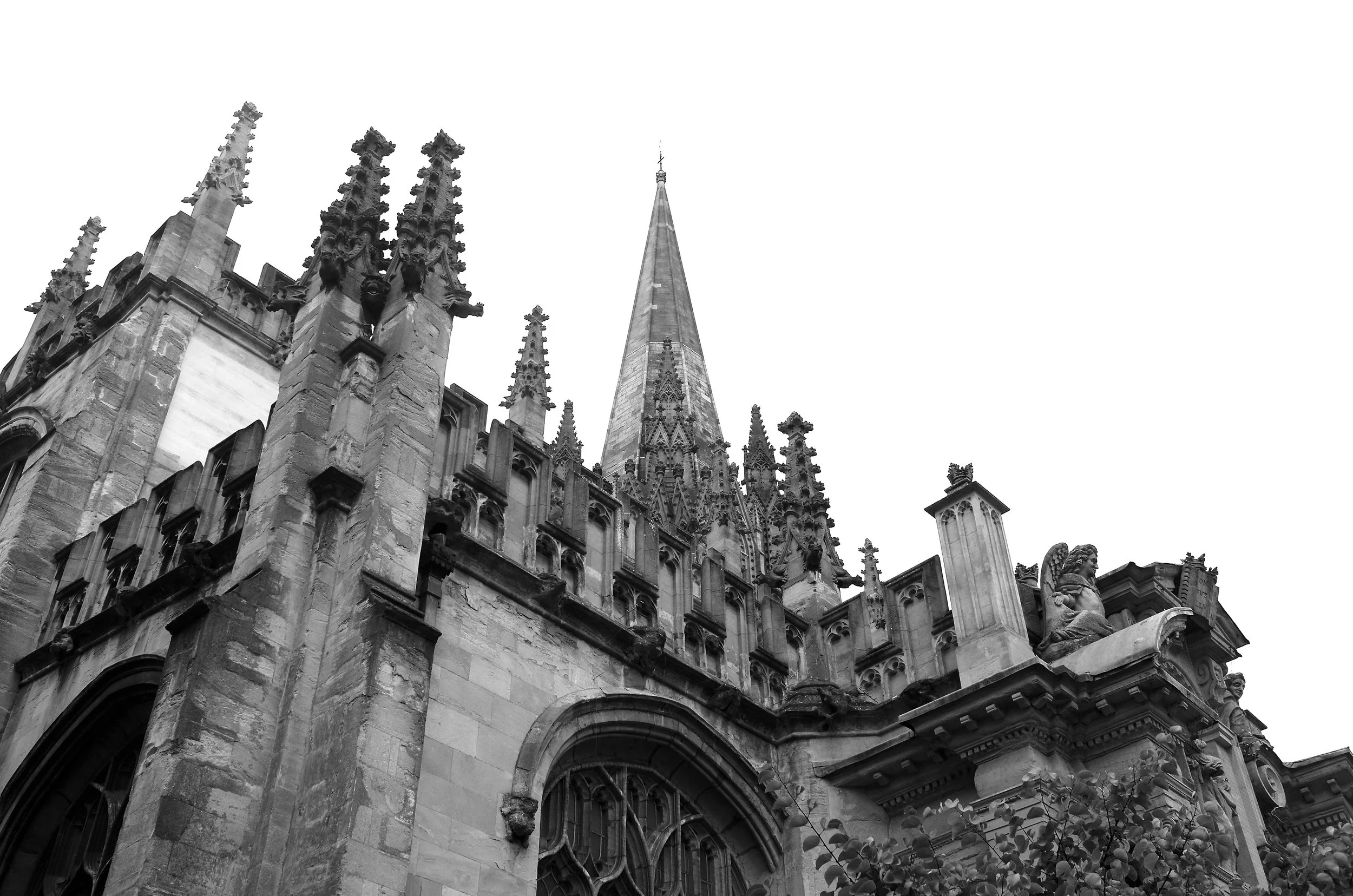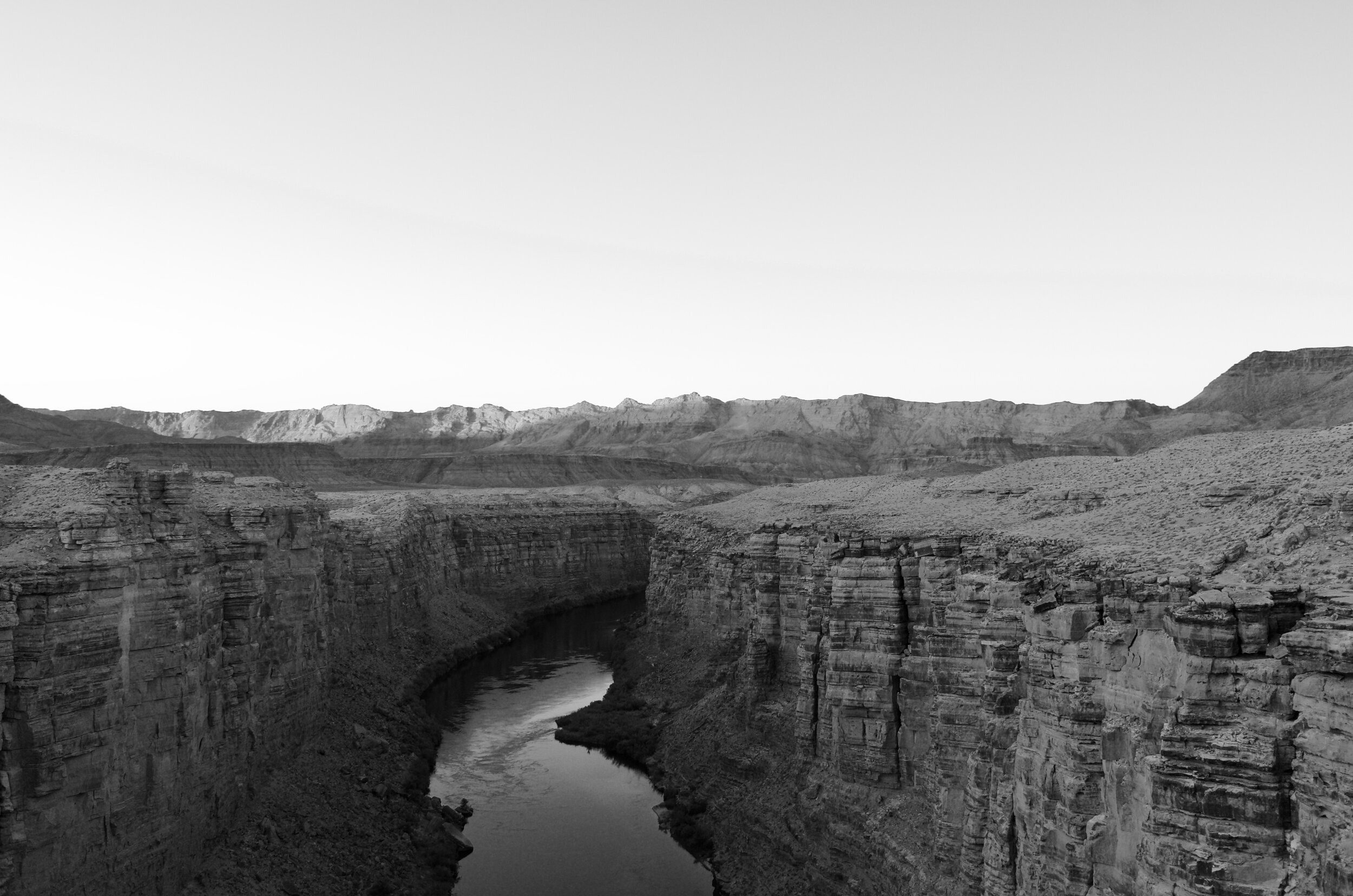A Few from England
I brought my camera this time, so I could share with you some of the highlights.
Road Trip 2020
I love every bit of Washington, but my does Oregon have us beat when it comes to beaches. I was not at all expecting such light, such shapes, such arrangements of space.
Mockingbird NYC Takeaways
I flew across the country and met some of the finest folks around, while eating well and learning deeply


